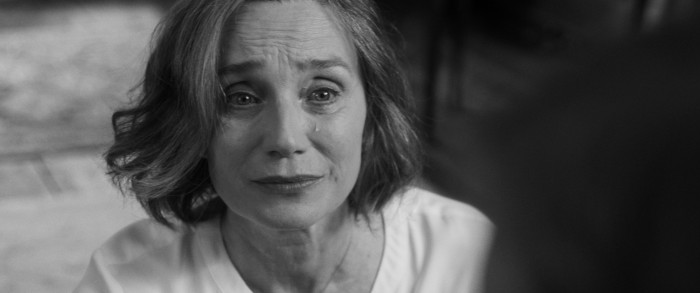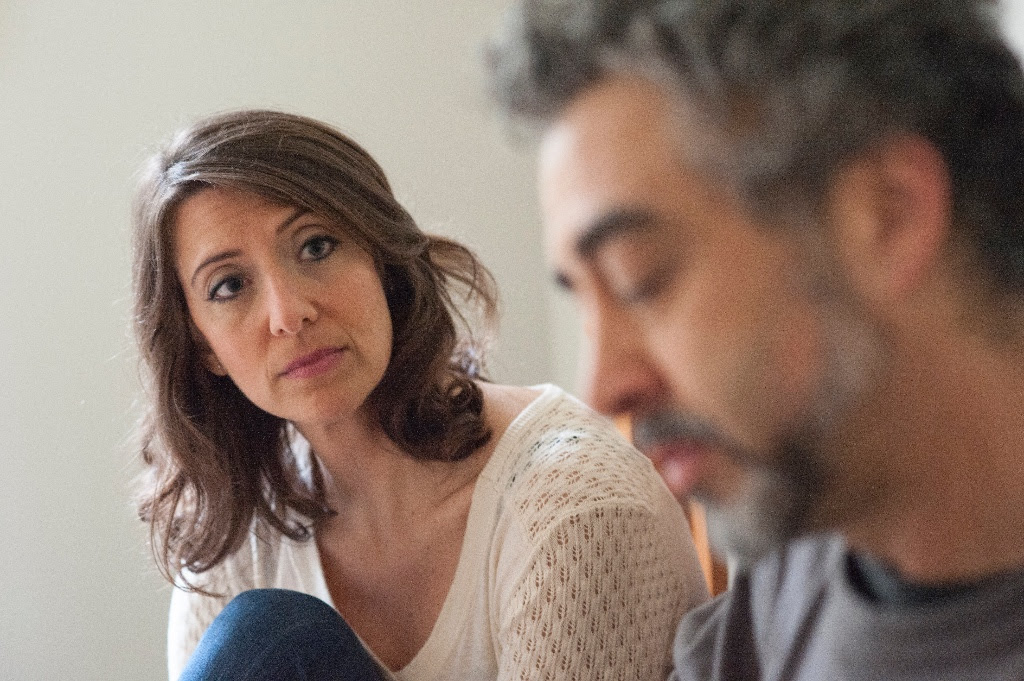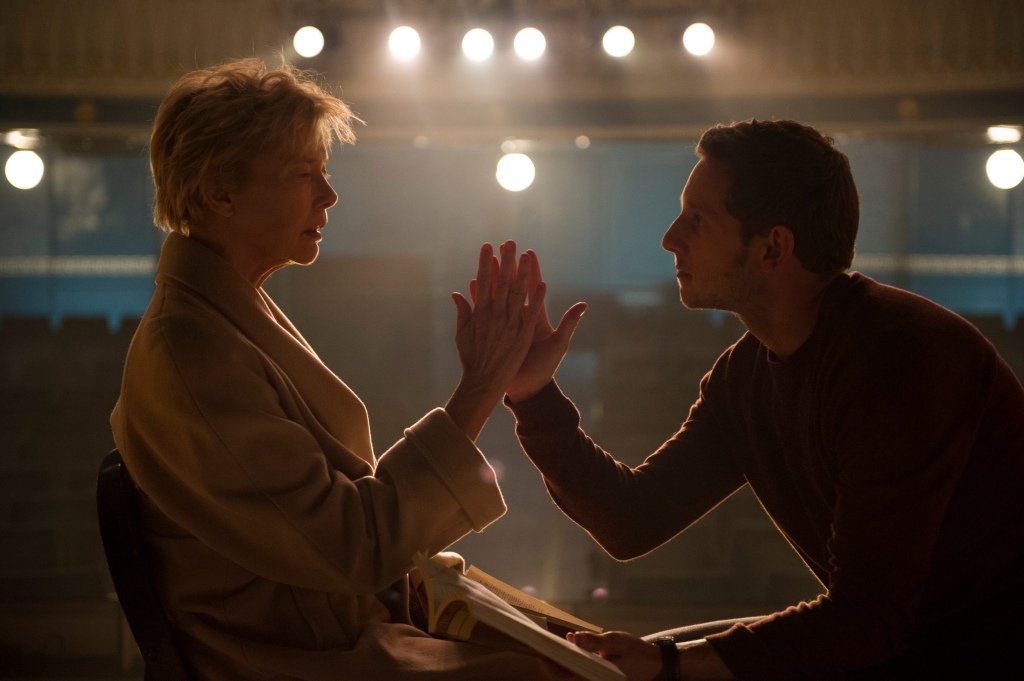A precursor to The Discreet Charm of the Bourgeoisie, My Man Godfrey and Gosford Park, Renoir’s generous and attentive eye captured a slice of the haut bourgeois life immediately preceding World War II. This compelling (and I might even say, addictive) film was a critical and box-office flop when it premiered, but has since influenced a great many films and directors. What makes this film classic? For André Bazin, it was the film’s photographic style, for François Truffaut, it was the film’s narrative momentum, for Satyajit Ray (and for others) it’s the film’s humanism. For me, it’s the capturing of a singular human condition. Each of us has our own values, our own rules of the game, and, from the perspective of others, they may be bizarre, inconsistent, or untenable. But it governs the way we play the game of life and makes each of us truly unique. Marceau the poacher wants to move into the stately house of La Colinière as a house servant to improve his station in life, but actively and publicly pursues a lady-in-waiting against all house rules. La Chesnaye, who loves his unfaithful wife Christine a great deal, nonetheless wants to make sure that whomever she takes on as her lover allows her to live in the grand style to which she is accustomed. Many of La Colinière’s servants are casually anti-Semitic yet have strict rules amongst themselves with regard to conduct, dignity, and honor. Through it all, Renoir allows everyone’s prejudices, rules, values, and passions run amok without passing judgment – his point of view is of the ultimate humanist, dismayed, amused, and inspired by the various and mysterious caprices of the human race.





Leave a comment